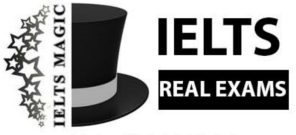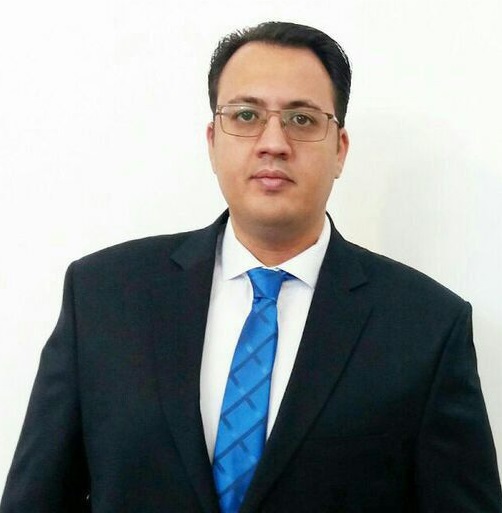PASSAGE 1 The Terracotta Army
7 مرداد 1403 1403-05-17 21:18PASSAGE 1 The Terracotta Army
READING PASSAGE 1
Answer Questions 1-16, which are based on Reading Passage 1 on pages 2 and 3.
The Terracotta Army
It was a prolonged drought in 1974 that forced farmer Yang Zhifa and his five brothers to start digging a well in a small wooded area just outside their village in Lingtong Country near the city of Xi’an in Northwest China, eventually reaching a depth of 15 metres. On March 29th, they found something much more remarkable than water – the terracotta head of a Chinese warrior along with a heavily-corroded bronze arrowhead. They did not understand the significance of what they had found at the time, but the brothers had stumbled across the first emperor of China’s Terracotta Army.
When Local archaeologist and museum curator Zhao Kangmin got a phone call a couple of weeks later about the farmers’ discovery, he knew he needed to get down to the dig site as quickly as possible. The farmers weren’t archaeologists, and he was worried they would unwittingly damage the site as they continued to dig for treasure. Zhao jumped on his bicycle and raced to the site. Once there, his worst fears were realized. The brothers had indeed continued to dig, and the site was now littered with hundreds of fragments of shattered terracotta. He told the farmers that they had to stop what they were doing immediately. They were reluctant to agree, but finally did so.
Zhao gathered the broken fragments together and loaded them onto a truck to transport them to the Lingtong County Museum where he worked. Over the course of the next few days, Zhao painstakingly put the fragments back together. When he was finished, two imposing, 1.78- metre-tall figures stood before him. This was an incredible find, but he wondered if it was just the tip of the iceberg. To find out, he assigned a small team to start work on excavating the site. It soon became clear, as more soil was cleared and more figures and fragments of figures emerged, that far from there being just a few figures buried underground, there were potentially hundreds.
Zhao was uncertain whether the government in Beijing would allocate resources to a large- scale excavation and decided to continue the work with a small team. However, when journalist visiting the area heard about his work and published an article about the site, word travelled fast. The authorities were quick to recognise the importance of the find and ordered a full excavation of the site. Soon, the dig was teeming with archaeologists. It was quickly dawning on everyone that the farmers had stumbled upon one of the most astonishing archaeological finds in modern history. What they had found was an army cast in terracotta – made to defend the first emperor of China, Qin Shi Huang, in the afterlife.
Over the months that followed, four pits were uncovered. To the astonishment of everyone involved, what was unearthed was an entire army, complete with horses and chariots. The first pit revealed the main bulk of the emperor’s army – six thousand warriors in total arranged in battle formation,
and scattered around their feet a huge collection of swords. The second pit contained more infantry units, alongside cavalry units and chariots pulled by teams of terracotta horses. The third pit revealed high-ranking officers and an elaborate bronze war chariot. The fourth and final pit was empty. In total, the emperor’s army numbered eight thousand strong, all lying undiscovered for 2,200 years, buried just a kilometre and a half away from the giant burial mound that houses the mausoleum of emperor Qin Shi Huang.
As more and more of the figures were painstakingly uncovered, one thing became clear – no two were the same. Built on an industrial scale in various workshops in the late 3rd century BC, each soldier’s face had been individually finished off by hand to give it a unique look. Once cast and put together, the soldiers had then been painted to make them look as realistic as possible. Unfortunately, this paint quickly flaked off from the figures when they were unearthed, leading to criticism about the fact that insufficient environmental research had been undertaken before the figures were exposed to the elements.
A year after the discovery of the army, the Chinese government decided to open up the site to the public. A museum was built, and a protective roof was constructed over the now fully- exposed pits. It wasn’t long before tourists began to trickle into the small provincial city of Xi’an, eager to see this amazing sight. Soon word spread around the world, and tourists flew in to see the army in all its glory. The Terracotta Army was officially recognised as a UNESCO World Heritage Site in 1987. Today, it is one of the most popular tourist attractions in China, and on the occasions when groups of the terracotta soldiers have been allowed out of the country to go on display in national museums around the world, they have attracted hundreds of thousands of visitors.
Questions 1 – 8
Complete the notes below.
Choose ONE WORD ONLY from the passage for each answer. Write your answers in boxes 1 – 8 on your answer sheet.
The Terracotta Army
Discovery and early excavation
• Yang Zhifa and his brothers were creating a 1 ……… when they made their discovery
• Together with the terracotta head they found a metal 2 ………
• Zhao Kangmin put the terracotta pieces into a 3 ……… and took them to the museum
• a 4 ……… became aware of the site and wrote about it
• the government sent more archaeologists to the site
Objects in the four pits
• Pit one: warriors and numerous 5………
• Pit two: warriors, chariots and 6………
• Pit three: warriors and a chariot
• Pit four: empty
How the terracotta figures were made
• mass produced in a number of 7 ………
• the 8 ………of individual figures completed by hand to make them look different
Questions 9 – 16
Do the following statements agree with the information given in Reading Passage 1? In boxes 9-16 on your answer sheet, write
TRUE if the statement agrees with the information
FALSE if the statement contradicts the information
NOT GIVEN if there is no information on this
9 Yang Zhifa and his brothers realised immediately that their discovery was important.
10 When Zhao Kangmin arrived at the site, he knew he had been right to be concerned.
11 Yang and his brothers carried out Zhao’s order straight away.
12 After he had assembled two terracotta figures, Zhao sent other people to continue digging.
13 The government sent archaeologists from every part of China to work on the site.
14 The figures found in the third pit represented the leaders of the emperor’s army.
15 Extensive research was carried out to discover how excavation would affect the paint on the figures.
16 Large groups of tourists need special permission to visit the site.







